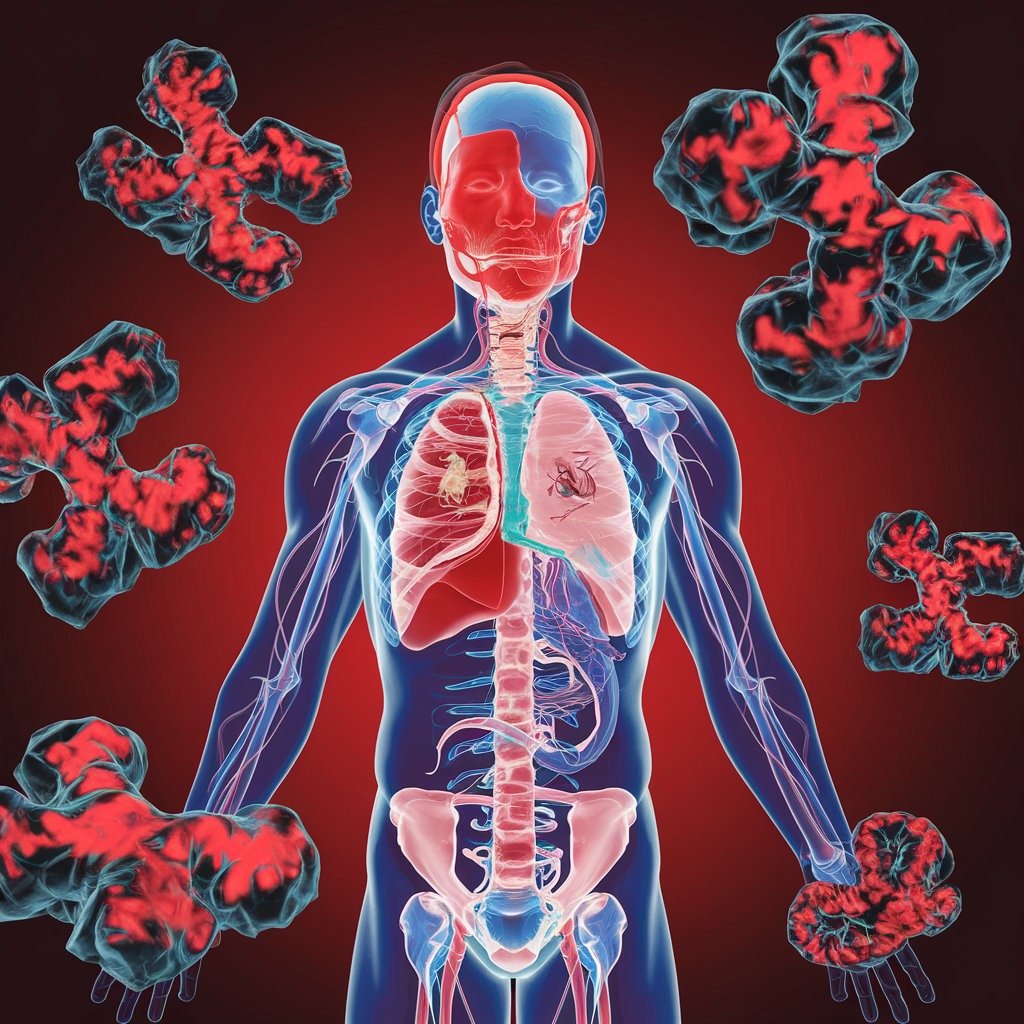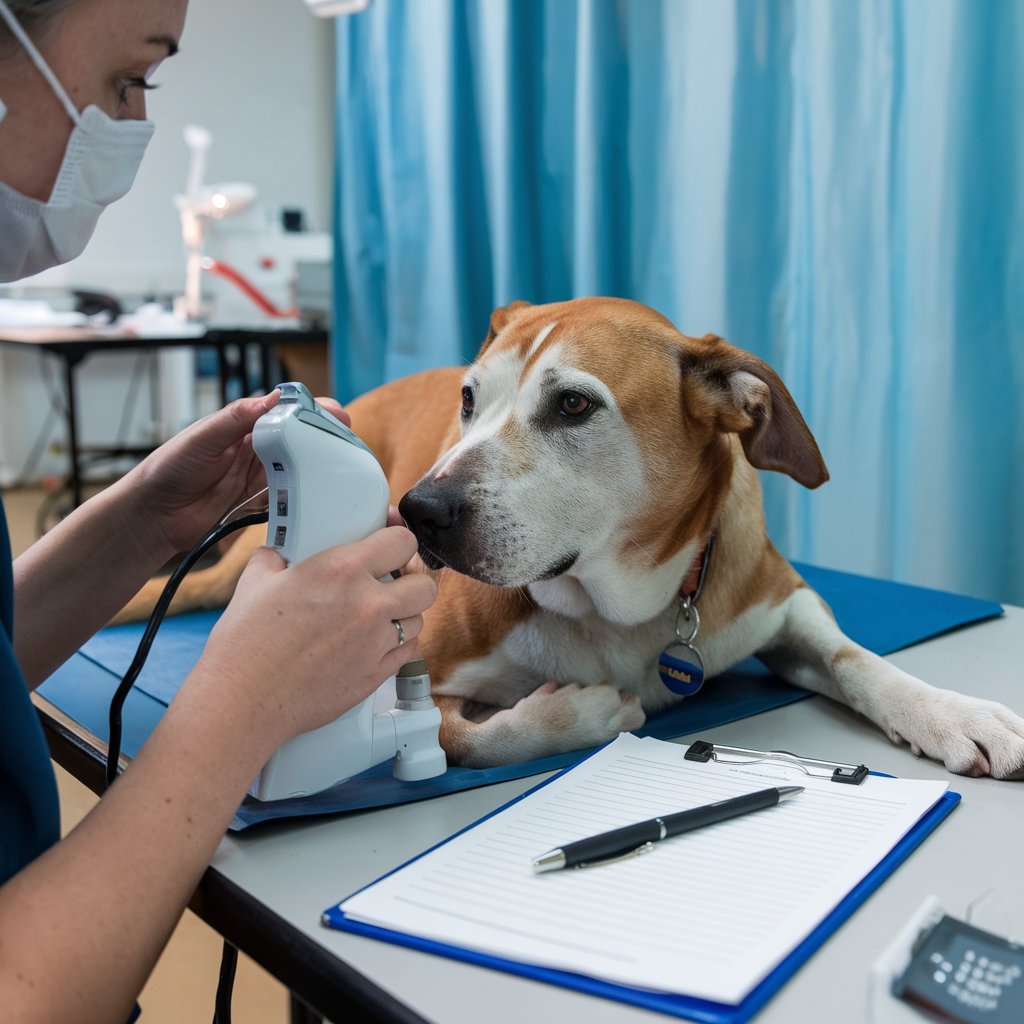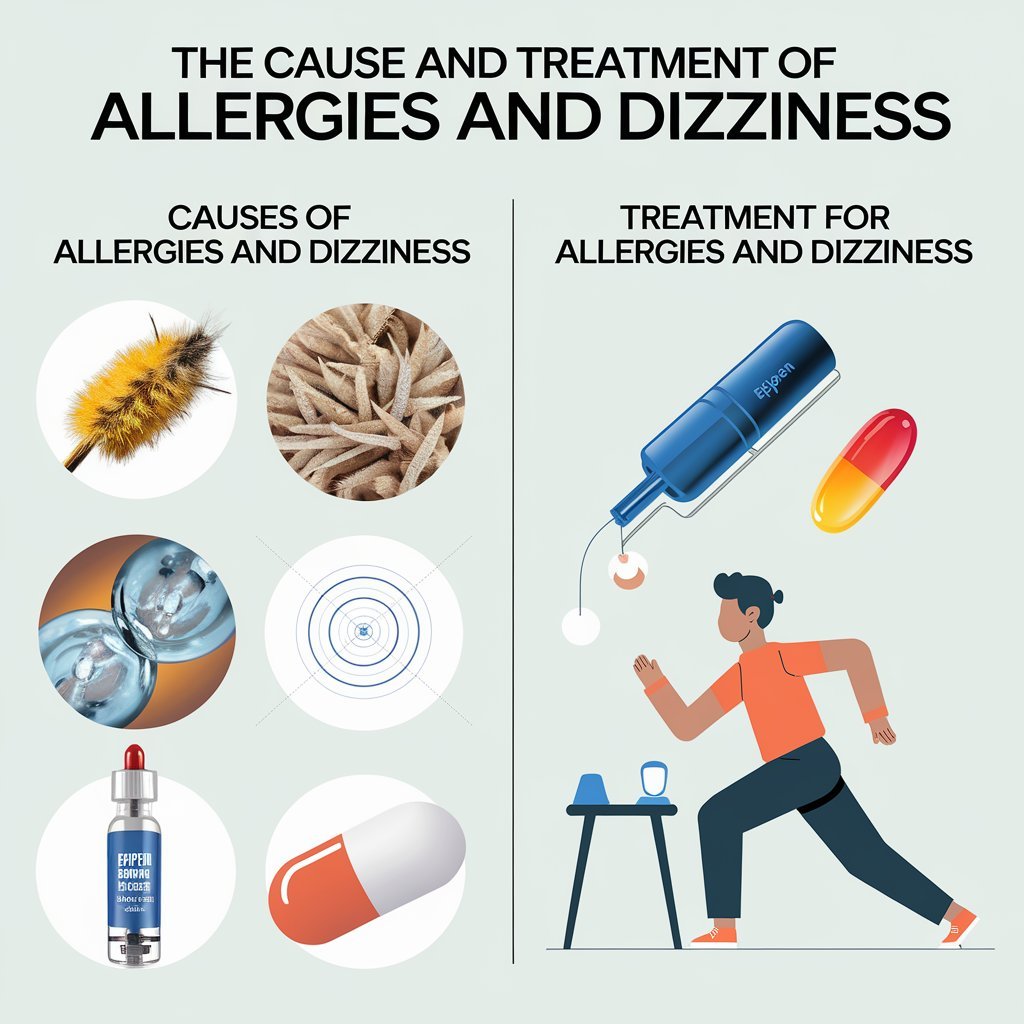Alpha-gal syndrome (AGS) is a red meat allergy that is associated with tick bites, specifically the lone star tick. This tick can carry alpha-gal (galactose-α-1,3-galactose), which is a sugar molecule in the cells of many animal products. Alpha-gal leads to allergic reactions in humans.
People bitten by ticks with alpha-gal can develop an immune response to the molecule, leading to mild to severe allergic reactions to red meat and other meat from mammals. Some people can also react to alpha-gal in cow’s milk products and gelatin, though this is less common.
What is Alpha-Gal Allergy?
People are not born allergic to alpha-gal, but they may develop the allergy if the sugar molecule enters their bloodstream from an infected tick bite. The reaction of the tick bite causes the immune system of a person to react to alpha-gal as a defense. The antibodies made by your body will remain in your system. Your body will fight alpha-gal the next time you ingest red meat, which also has it.
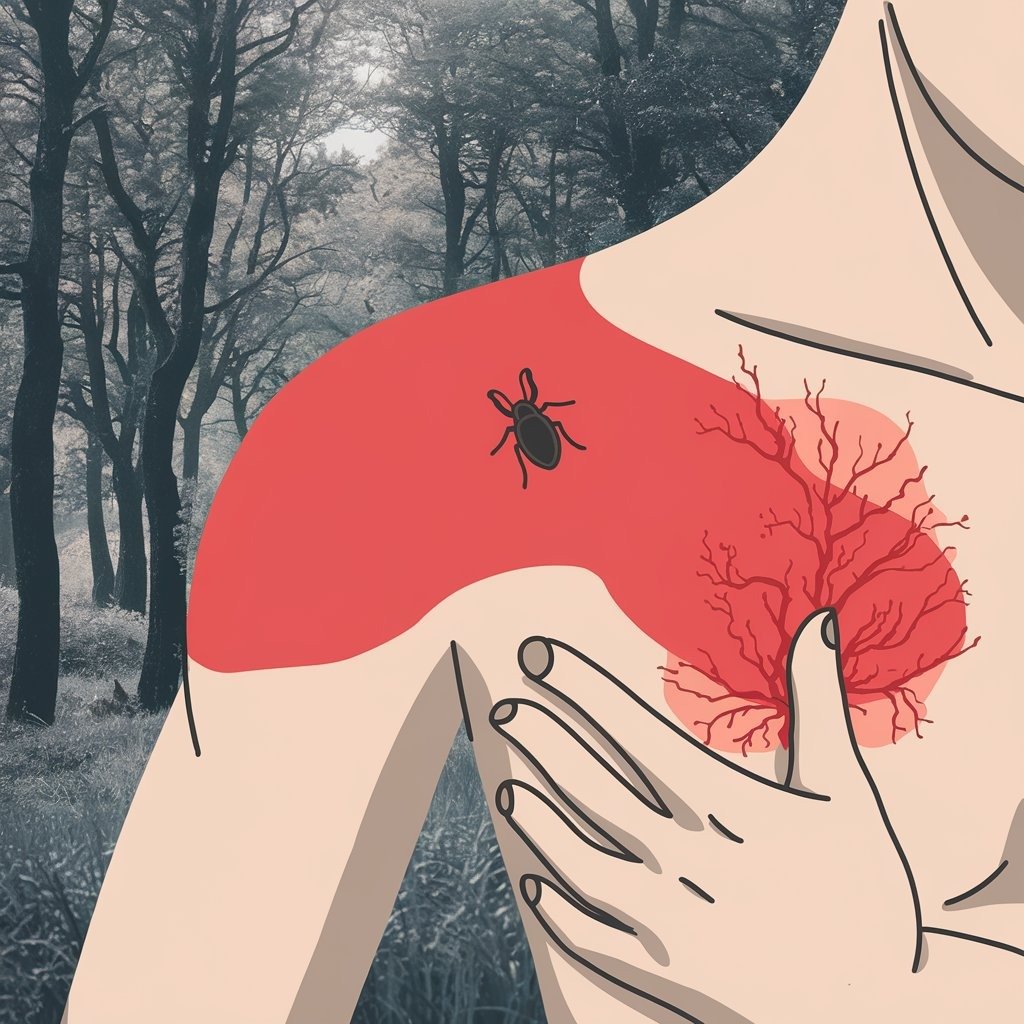
The most prevalent cause of AGS is caused by lone star tick bites. Lone star ticks are active in April to the end of August and can be found from Oklahoma to Maine within shaded tall grass or the tips of low-lying branches and twigs. The majority of lone star tick exposures do not provoke a red meat allergy. In order for that to happen, the tick must harbor alpha-gal in their saliva when they penetrate your skin.
- Asian longhorn ticks (Asia)
- Blacklegged ticks (U.S.)
- Cayenne ticks (Central America)
It is not known why alpha-gal causes varying degrees of allergic reactions in different people or why some people do not develop AGS even after exposure. Some studies indicate that the risk of developing AGS is higher if a person has more than one tick bite.
Alpha-Gal Allergy Symptoms
Alpha-gal allergy symptoms can be mild to life-threatening after consuming animal products that contain alpha-gal. Symptoms vary from person to person, and some people with a red meat allergy do not have consistent allergic reactions. Some people may also be sensitive to food, medications, and self-care products that contain alpha-gal from gelatin and cow’s milk.
Symptoms of red meat allergy typically present two to six hours after consumption of red meat or other animal products containing alpha-gal. Studies have found that most individuals experience allergic reactions at night, around 10 p.m.
- Coughing or wheezing
- Dizziness or lightheadedness
- Gastrointestinal problems (abdominal pain, diarrhea, nausea, or vomiting)
- Heart palpitations
- Hives or itchy skin rash
- Indigestion or heartburn
- Low blood pressure
- Shortness of breath and labored breathing or swallowing
- Swollen lips, tongue, throat, or eyelids
Anaphylaxis – a severe, life-threatening, whole-body allergic reaction to alpha-gal, which can drop your blood pressure dramatically and constrict your airways so that you cannot breathe.

Diagnosis
A blood test administered by an allergist is typically how AGS will be diagnosed. They will withdraw blood from your arm and send it to a laboratory for testing.
The alpha-gal immunoglobulin-E (IgE) antibodies are examined in the blood. The body makes these proteins to fight allergic responses. Positive patients for AGS have alpha-gal IgE levels greater than international units per milliliter (IU/mL).
The allergist will also have a discussion about your medical history and perform a physical examination in order to check for signs of allergic reactions. In addition, an allergy skin test may be carried out to exclude other allergies. This is carried out by dropping the allergens on different areas of the skin and then pricking the skin to observe if the area develops a red bump after 15 to 20 minutes. A skin prick test is unreliable in detecting beef, pork, or lamb allergies and is not a standard method to test for AGS.
Diagnosis
An allergist typically diagnoses AGS via an allergy blood test. They will draw a sample from your arm and then send it off to a lab.
They check the blood for high levels of alpha-gal immunoglobulin-E (IgE) antibodies. These proteins are produced in reaction to allergic reactions that the immune system will produce. People who test positive for AGS have levels of alpha-gal IgE of more than 0.1 international units per milliliter (IU/mL).
An allergist will also discuss your medical history and performs a physical exam to determine if signs of an allergic reaction exist. He or she may also conduct allergy skin testing for the exclusion of other allergies. This involves dropping allergens on areas of the skin and prick to see whether after 15 to 20 minutes, the area develops a red bump. A skin prick test is unreliable to detect beef, pork, or lamb allergies. It is also not a commonly used method of testing for AGS.
Treatments
Treatment of AGS includes managing allergic reactions and avoiding foods containing alpha-gal. The best way to prevent allergic reactions to alpha-gal is to avoid red meat, which would also reduce the levels of antibodies that cause the allergy.1
Most patients with AGS will have to alter their diets to avoid the following meats
- Beef
- Buffalo
- Goat
- Lamb
- Pork
- Rabbit
- Venison
Some people may also have to exclude other foods and products that originate from mammals that contain alpha-gal. These include:
- Bovine collagen
- Cow’s milk products
- Lanolin
- Lard, tallow, or suet
- Pork or beef gelatin (including gelatin-coated medications)
- Red meat broth and gravy
- Vaccines containing gelatin, glycerin, magnesium stearate, or bovine extract
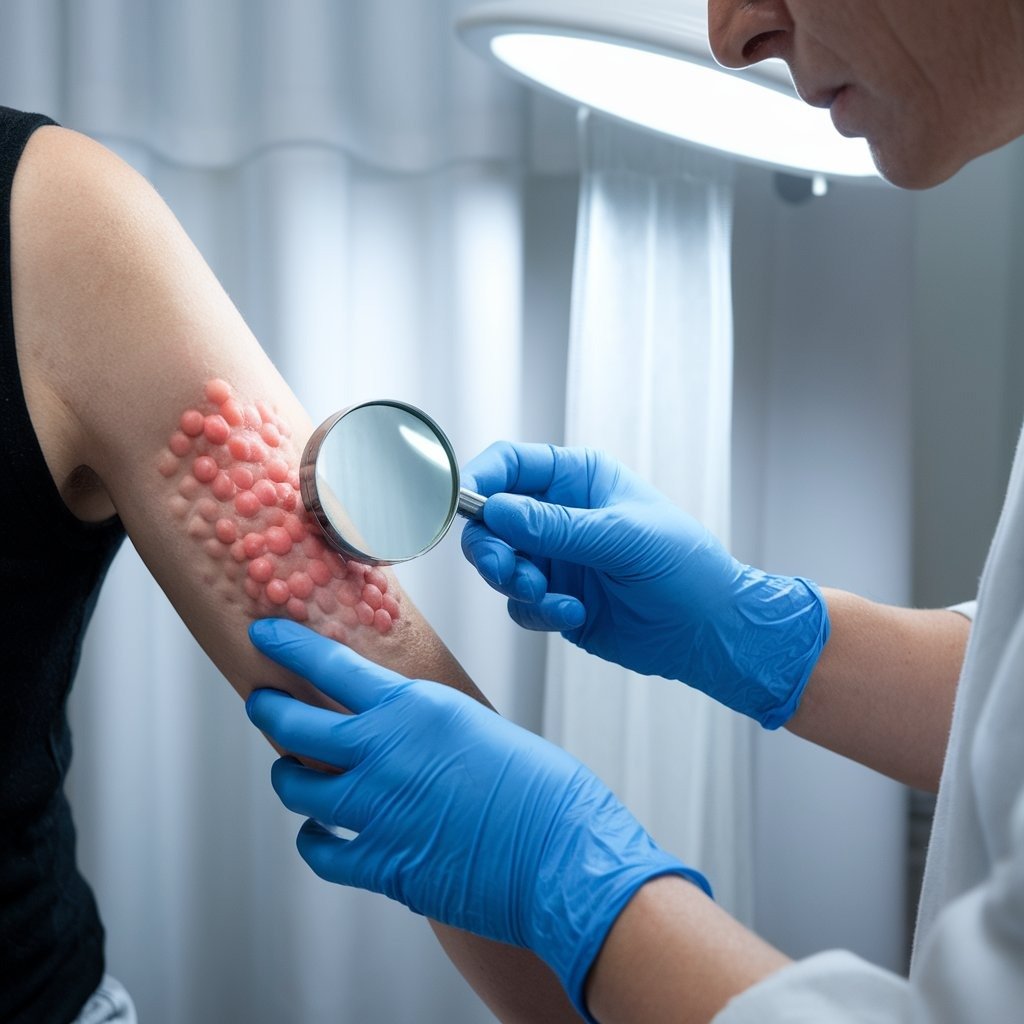
If an allergic reaction happens, a healthcare provider may prescribe the following allergy treatments
- Epinephrine injection: This is an adrenaline shot that helps in treating anaphylactic shock by relaxing airway muscles and tightening blood vessels, including EpiPen and Auvi-Q (epinephrine)
- Long-acting oral antihistamine: These are daily medications that help in relieving allergy symptoms for eight to 12 hours, including Allegra (fexofenadine) or Xyzal (levocetirizine)
- Oral cromolyn solution: Medication taken before meals to help treat GI symptoms (e.g., diarrhea, vomiting, and upset stomach), including Gastrocrom (cromolyn)
- Short-acting oral antihistamines: Medications taken when symptoms start for quick relief up to four to six hours, including Unisom and Benadryl (diphenhydramine)
Prevention
The best way to prevent AGS is by preventing and avoiding tick bites. Some ways you can reduce your risk of tick bites include
- Avoid areas of tall grass where ticks like to hide.
- Check for ticks on your body and clothes after being outdoors.
- Check your pets for ticks.
- Mow your yard frequently and pick up leaves.
- Remove embedded ticks with fine-tipped tweezers.
- Treat clothing and outdoor gear with permethrin, which is an insecticide.
- Wear pretreated permethrin clothing during hiking or camping.
